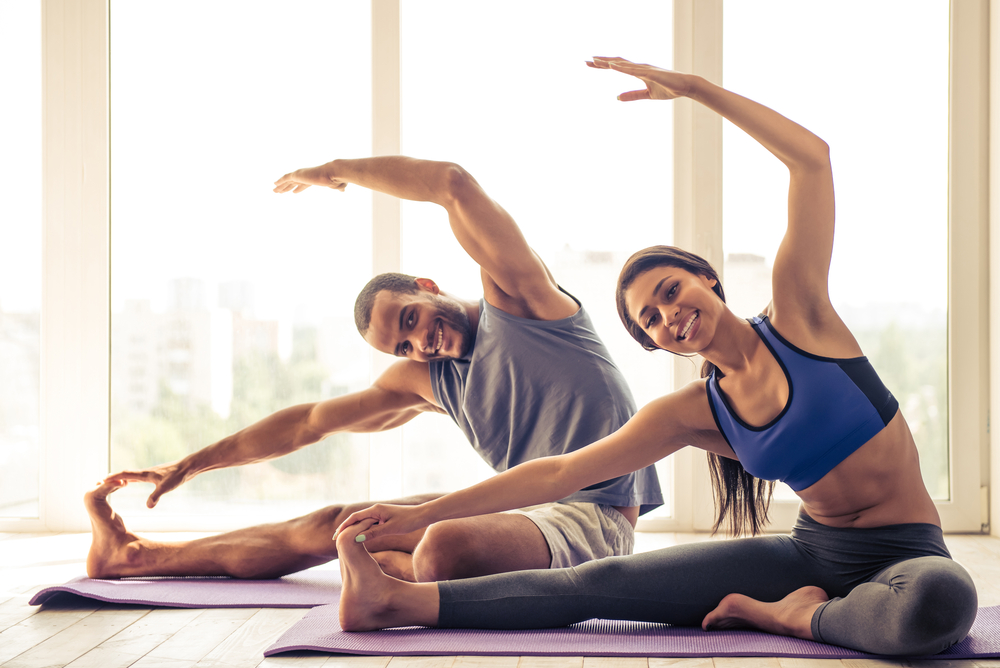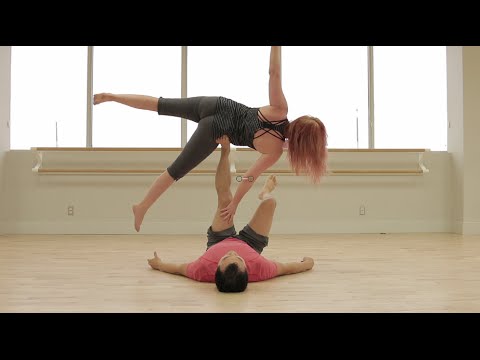
Yoga for cancer patients comes with many benefits. But there are also risks. Cancer patients are at greater risk of injury and fracture due to these risks. These side effects include hyperventilation, which has been associated with earlier pneumothorax. Pleural effusion is also more common in patients with lung cancer or lung metastases. However, yoga has not been shown to be associated with these risks.
Yoga for cancer side effects
Yoga may offer many benefits, and it could be a good complement to treatment for cancer patients. It can help patients decrease stress, improve blood flow, and increase their strength. Some studies show that yoga may help relieve symptoms of heart disease, diabetes, asthma, and other conditions. Yoga should not replace medical treatment for cancer.
Exercise can help with side effects like mood disturbances, sleep problems, and mood disruption. Cancer patients often feel fatigued and pain, making it more difficult to engage in physical activity. Yoga is a gentle and low-impact type of exercise that can easily be modified to suit the individual's needs. Patients must be advised to avoid exercises that may increase their risk of fracture, particularly those requiring intense physical effort. Although there are no studies specifically investigating yoga for cancer patients, yoga has been shown to improve overall fitness and health in healthy populations.

Mechanisms of action
Yoga can have many positive effects on your body, including reducing stress hormones. It also regulates HPA, which regulates immunity. This can help decrease cancer-related stress and improve patient's immune responses. Yoga is also beneficial for improving sleep quality and fatigue reduction.
Many studies have proven that yoga has a positive effect on stress levels and health. These studies show that yoga decreases cortisol levels as well as increasing natural killer cell numbers. Research has shown that yoga can reduce fatigue and other symptoms. This could lead to a better quality of life for patients.
Do you have evidence?
Yoga for cancer does not have any evidence. Most studies focus on breast cancer survivors and patients undergoing cancer treatment. These studies prove that yoga practice can improve patients' physical as well as psychosocial symptoms. It is difficult to prove that yoga can help cancer patients at the end of their lives.
Researchers looked at the literature regarding yoga and cancer to help them assess its potential benefits. A medical librarian ran a literature review using 10 databases. These databases included AgeLine and AMED (the British Nursing Index), CINAHL [the Cochrane Central Register of Controlled Trials], EMBASE (for research about yoga), PEDro, PsycINFO, and SPORTDiscus for RCTs. Search terms were based upon publication types and terms that are free of text.

Analyses by subgroups
Subgroup studies of yoga for cancer revealed some modest but important improvements in functional wellbeing in breast cancer patients. Primary outcome, physical function, was related to decreased symptoms of cancer and functional impairment. Higher levels of satisfaction were associated with improved social functioning and better psychosocial outcomes.
In this meta-analysis of six RCTs, yoga was associated with improved overall health and improved fatigue scores compared to control groups. There was no difference in the length of improvement between yoga and control groups.
FAQ
What happens to my yoga practice if it is stopped?
It's common to lose interest in an activity over time. Your body can become stiffer if yoga is stopped regularly. Poor posture, lack exercise, and simply ageing can cause stiffness.
Retaking classes may be an option if you find your ability to learn more difficult over time. Keep up with your daily activities. Exercise can help strengthen your bones.
Do I need heat before I do yoga?
No. No.
Stretching your muscles before you exercise can help to loosen stiff muscles.
What foods are best to avoid after I do yoga?
Your energy levels may be affected by avoiding certain foods. It can cause you to feel gassy or cramps in your stomach. You might feel tired after the practice.
How does yoga change your body?
Yoga helps you relax and stretch. Yoga makes you feel good. Yoga improves flexibility, strength, and stress reduction. This will result in improved sleep, concentration, and energy.
Yoga increases blood flow which makes you less likely get the flu or cold. This is because you can breathe deeply while doing yoga, which increases the oxygen reach your brain.
Yoga relieves tension, pain, and helps with stress. These postures improve posture and strengthen joints and muscles.
Therefore, you should practice yoga regularly to keep yourself healthy and happy.
Do you offer yoga classes for those with special needs?
Yes, there are yoga studios that offer classes specifically for people with disabilities. These include:
-
Individuals with physical limitations who want to improve posture
-
People with limited mobility
-
Individuals with arthritis
-
Those recovering from injuries
-
The elderly
This class is for you if you know anyone who would benefit.
How long should a Yoga session last?
Yoga sessions last between 45 minutes- 1 hour. The type of yoga that you are doing will determine the length of your session. 45-60 mins would be sufficient for strength-building exercises. However, if you're looking for relaxation or meditation, an hour or longer may be necessary.
You can also vary the length of your yoga classes depending on which type you are taking. Some focus on quick movements while others stress slow, deep stretches.
Statistics
- The American Psychological Association recently shared that 84% of American adults feel the impact of prolonged stress (5). (healthline.com)
- Start your Fall off right with 20% off All Access Membership when you sign up by 9/25! (corepoweryoga.com)
- According to the Agency for Healthcare Research and Quality, falls are incredibly common among older adults in nursing facilities. Even the simplest ones can increase the risk of death (24). (healthline.com)
- A 2020 review of 27 studies (1,805 total participants) of yoga interventions in children or adolescents found reductions in anxiety or depression in 70 percent of the studies, with more promising results for anxiety. (nccih.nih.gov)
- In comparison, a 125-pound person is estimated to burn 135 calories in 30 minutes of walking (at a pace of 15-minute miles) and 210 calories bicycling at a moderate pace on a stationary bike. (everydayhealth.com)
External Links
How To
Can I do yoga during pregnancy?
Being pregnant can impact your ability to perform certain poses safely. Before beginning a new exercise routine, it is advisable to consult your doctor.
There are still many poses that you can do during pregnancy. These are some tips to help you get started:
-
Weight lifting should not be done above the shoulders by pregnant women. Instead, you can use dumbbells or lightweight resistance bands.
-
Avoid deep twists. They could cause pressure to your stomach.
-
Avoid backbends up until you have your baby. These can cause excessive strain on your lower back.
-
You should not lie down on your stomach, or cross your legs, until you give birth to your baby.
-
You should not attempt to invert poses such as handstands or headstands without your doctor's approval.
-
Do not exceed 30 minutes of practice per day.
Once you're ready to continue practicing yoga, you can do it throughout your pregnancy. Your doctor will advise you on when you are ready to practice yoga.